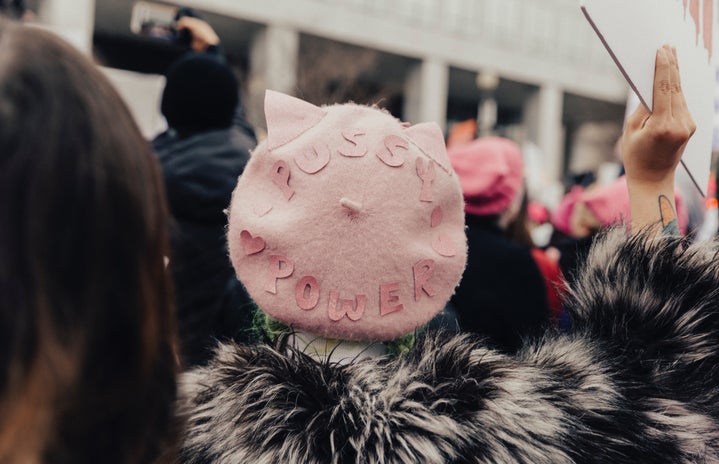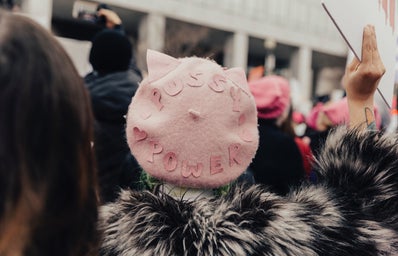Columbia University’s location in uptown New York City seems idyllic — from the alluring scenery of the city to the promise of abounding resources and opportunities for students. However, the limited real estate available in Manhattan has led to multiple pushes for expansion, fueling angry debate between native New Yorkers and the university.
For over a decade, Columbia has been attempting to expand their campus to the Manhattanville neighborhood of Harlem. In 2010, after several years of quarreling with the community, the university was granted court permission for their $6.3 billion plan that included taking over 17 acres of land between 125th and 133rd Street for the development of a “satellite” campus. The controversy heightened because the university was using the powers of eminent domain to buy private property, claiming that the land would be used to improve education. While the university has released statements about aiming to “deepen [their] partnerships and engagement in West Harlem,” many locals recognize the risks of gentrification that generally arise with these expansions. Some Harlem citizens also fear that the university is encroaching upon the history of the neighborhood by clearing out the factories and warehouses that have long represented the industrial location.
Just last month, Columbia announced their plans to demolish a beloved McDonald’s located on the corner of 125th and Broadway. Purchased by the university in 2013, the establishment sits just across the street from Columbia’s architecturally luxurious Manhattanville campus. The dilapidated, crumbling arches of McDonald’s are quite a juxtaposition to Italian architect Renzo Piano’s glittering glass structure which has emerged as Columbia’s new visual arts and business school.
Harlem citizens responded angrily to news of this development. Many hold sentimental memories of gatherings held in the McDonald’s or rely on it as an affordable source of food. The scarcity of drive-thrus in Manhattan is another reason why locals are so disturbed. It even provided a spot for taxi-cab drivers to rest and use the bathroom. While responses have been mixed, there was a general sense of loss within the community.
I had the pleasure of interviewing Kuangye Wang, a Columbia College first-year and four-year resident of the Hamilton Heights neighborhood of Harlem. Wang had mixed feelings on the McDonald’s closure, acknowledging that the restaurant is an important hub for “a lot of low-income families in the area [who] do not have the material resources … in order to go to a grocery store and buy [un]prepared foods or things that are healthier.” As such, Wang addressed one of the central issues at the heart of this debate — food security. This McDonald’s is mere steps from the Grant Houses, a New York housing project with close to 1,300 apartments. Gas shortages for several months in 2016 left thousands of residents of the Grant Houses unable to cook meals, meaning low-cost restaurants such as McDonald’s were the only source of sustenance. This establishment was also a convenient dinner option for many children whose parents worked late into the evening.
In addition, Wang recognized the role of the McDonald’s in fostering a sense of community in Harlem. He reminded me that “every community needs a commons where people can talk and share common stories. In Harlem this is hard because unlike downtown Manhattan, there are less central parks and often times at night it is unsafe, especially in the projects, to congregate.” It is no urban legend that many New Yorkers feel lonely and isolated. For those living in Harlem, this isolation can be elevated due to safety concerns in the evenings. Since it was a well-lit and easily accessible business, Harlem residents of all ages and backgrounds felt able to convene in the McDonald’s. While Wang believes the McDonald’s was an important meeting ground, he also believes that “there will always be gathering grounds. The thing that is special about the McDonald’s … is that it is … the only cheaper place in a location where things have become steadily more expensive.”
Even though Wang feels that the community is losing their clubhouse, he accepts that there are certainly benefits to Columbia’s expansion. He said, “The economic development of the neighborhood in the long term should be prioritized because the Morningside campus will bring [in] more jobs, make [the neighborhood] more attractive to new businesses, and bring [to Harlem locals] new resources that Columbia has to offer. It will cause a net benefit.” He cited the transformation that occurred in downtown Manhattan as a consequence of the High Line development in 2009, saying, “The High Line used to be one of the poorest neighborhoods in New York. … The High Line raised property values. … It’s a reality that people in Harlem will not be able to keep up with these changes. However, we have to look at what the High Line is doing for downtown New York — it has completely revitalized that area and enabled it to become the fastest growing neighborhood.”
I asked Wang to talk about his own personal views, seeing as he is both a Columbia University student and a Harlem resident. He had a fairly optimistic view of the project and did not believe the university nor the community were “in the wrong.” He said, “No side is correct, there are just realities that both sides must face. It’s a reality that prices are being shifted upwards past 125th Street, possibly due to the influx of Columbia students. … It’s also correct that the territory of Harlem is slowly being gentrified. It is a reality that gentrification usually improves living standards over time … makes neighborhoods significantly safer and increas[es] opportunity for business in the area. Columbia expanding its Morningside Campus grants its students more resources and the locals more economic opportunity.”
Wang understands the mounting concerns that Harlem locals have about Columbia’s expansions. He believes the university could take initiatives to alleviate some of the stressors that natives are facing. He believes that “the city has learned lessons from gentrification in Brooklyn and it’s not blindly sitting by while people are suffering; they have instituted a lot of meaningful policies like price controls on rent or instituting more social programs in the areas where gentrification is taking place. In combination with the city, Columbia could makes sure that their efforts are not as harmful … and that more of the long-term benefits are felt for the local population.”
While some people consider feeling loss over a fast-food restaurant that seems to promote unhealthy eating ridiculous, this is truly a multifaceted argument. For many residents of Harlem this establishment serves as a central place to meet, a source of affordable meals, and a set of free utilities for those in need. While the community is losing their local source of Happy Meals and Big Macs, they will hopefully eventually benefit from the increased resources brought in by Columbia University.
Many thanks to Kuangye Wang for being interviewed for this article.


